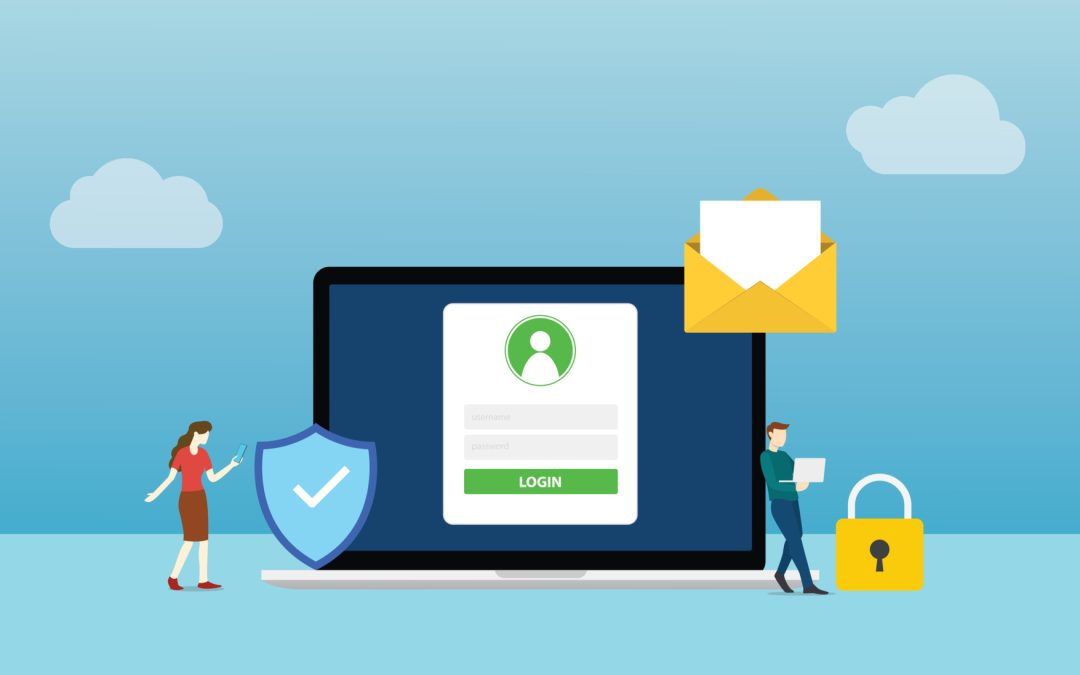To help you stay ahead, here are the best practices for safeguarding user data and ensuring compliance with global data protection regulations.
1. Understand Data Protection Laws
Before anything else, you need to understand the data protection regulations that apply to your website. Some key laws include:
- General Data Protection Regulation (GDPR) (EU) – Focuses on user consent, transparency, and data rights.
- California Consumer Privacy Act (CCPA) (USA) – Grants consumers rights over their personal data.
- Personal Data Protection Act (PDPA) (Singapore, Malaysia, etc.) – Regulates the handling of personal data in various countries.
Staying compliant means understanding what data you collect, how you use it, and what rights users have over it. If you’re unsure whether your website meets legal requirements, consider a compliance and security audit to avoid potential risks.
2. Use Secure Data Transmission (SSL/TLS Encryption)
If your website isn’t using SSL/TLS encryption (HTTPS), you’re not only putting user data at risk but also affecting your search rankings. Encryption ensures that data transferred between users and your site remains secure, reducing the risk of interception by hackers. If you need help securing your website, our Web Design & Development Services ensure proper implementation of security protocols.
3. Implement Strong Authentication and Access Controls
Your website’s admin panel is a goldmine for attackers. Strengthen security by:
- Enforcing strong passwords and multi-factor authentication (MFA).
- Limiting user access based on roles (only give access where necessary).
- Regularly auditing user permissions to prevent unauthorized access.
To further enhance security, integrating multi-factor authentication (MFA) and role-based access controls is essential. If you’re looking for a professional website setup that prioritizes security, check out our website security solutions.
4. Minimize Data Collection and Retention
Ask yourself: Do you really need all the data you collect? The less data you store, the lower the risk of exposure. Follow these principles:
- Collect only necessary data to provide your services.
- Anonymize or pseudonymize data where possible.
- Delete outdated data that is no longer needed.
5. Ensure Secure Storage and Backups
Data breaches often happen due to poor storage practices. Protect your databases by:
- Storing sensitive information in encrypted databases.
- Using secure cloud storage with proper access controls.
- Implementing regular, automated backups to prevent data loss.
6. Stay Updated with Security Patches
Cybercriminals exploit vulnerabilities in outdated software. Regularly update:
- Your content management system (CMS) (e.g., WordPress, Joomla, Shopify).
- Plugins and third-party tools.
- Server and database software.
If your content management system (CMS), plugins, or third-party tools are outdated, your site becomes an easy target for hackers. Our SEO and Security Best Practices blog post covers how to maintain an optimized and secure website.
7. Be Transparent with Users
People appreciate transparency when it comes to their personal data. Make sure to:
- Provide a clear and accessible privacy policy.
- Explain how you collect, use, and store user data.
- Allow users to opt out of certain data collection practices.
8. Monitor and Respond to Security Threats
Security isn’t a “set it and forget it” task. Stay proactive by:
- Setting up intrusion detection systems (IDS) to monitor suspicious activities.
- Conducting regular security audits to identify weaknesses.
- Having a response plan in case of a data breach.
Setting up intrusion detection systems (IDS) and conducting regular security audits are essential.

Final Thoughts
Taking data privacy and security seriously isn’t just about compliance—it’s about building trust with your audience. A secure website not only protects users but also enhances your credibility and reputation. By following these best practices, you’ll create a safer online environment for everyone and keep your business out of legal trouble.
Now is the time to audit your website’s security. Are you doing enough to protect your users?

